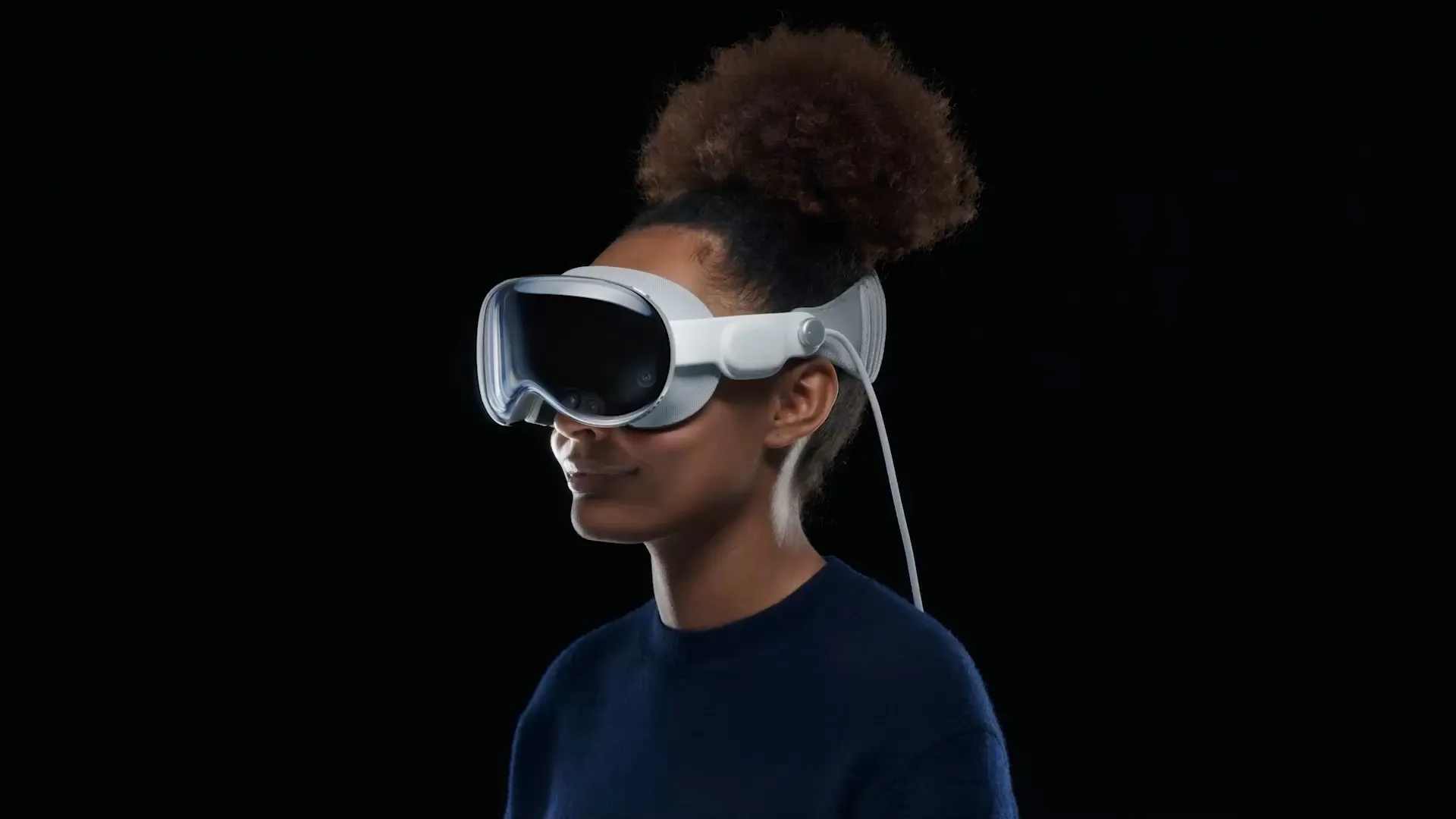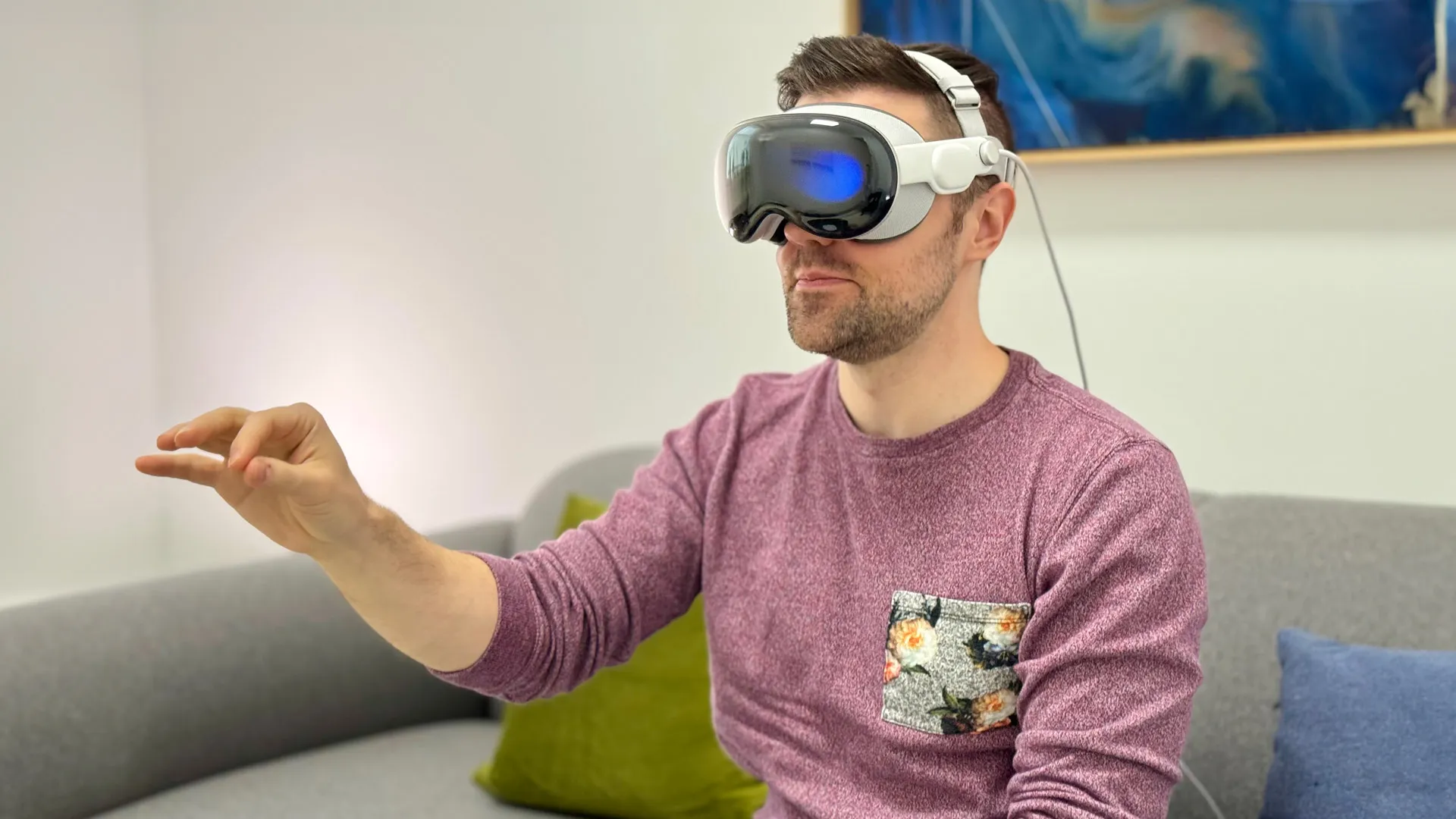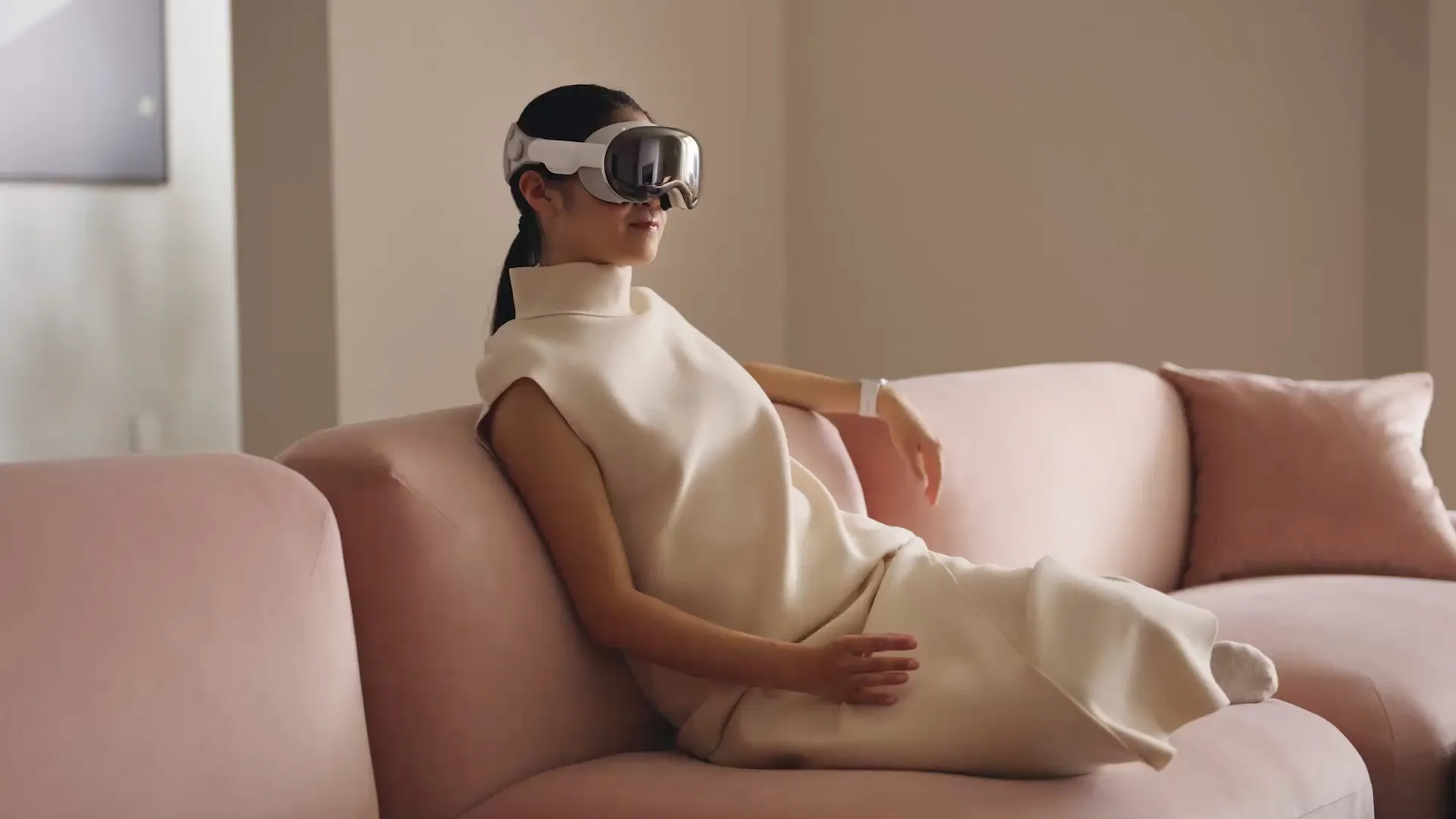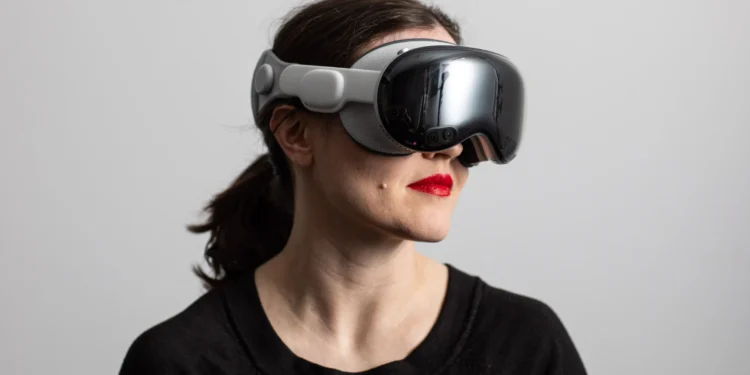In the realm of technology, where giants like Apple have consistently set benchmarks with their high-quality, premium-priced products, the company’s latest venture into the mixed-reality landscape with the Vision Pro VR headset has taken an unexpected turn. Originally priced at a steep $3,500, this ambitious product aimed to redefine user experiences in virtual reality, yet it seems to have stumbled, failing to ignite the market enthusiasm Apple is accustomed to.

A Strategic Misstep in the Virtual Realm
Despite Apple’s proven track record in creating market-leading devices, its foray into the virtual reality sector with the Vision Pro appears to have been overly optimistic. Reports emerging from credible sources like The Information in October 2024 suggest that Apple has ceased production of the Vision Pro amidst a growing inventory of unsold units. This decision marks a rare strategic retreat for the tech behemoth, known for its meticulous market strategies and product successes.
The Vision Pro, a device that combined both augmented and virtual reality technologies, was positioned as a premium product in a market still dominated by more affordably priced alternatives like Meta’s Quest VR headsets. Meta has successfully captured a significant market share by setting prices that encourage consumers to experiment with new technology—something Apple’s Vision Pro, with its exorbitant price tag, struggled to achieve.
Production Halt and Market Response
According to insider information, Apple’s initial expectations for the Vision Pro were optimistic, to say the least. The company reportedly projected production figures around eight million units. However, actual sales told a different story, with approximately 370,000 units sold—a fraction of the anticipated volume. This stark discrepancy between expectation and reality has led Apple to scale back dramatically, not just ceasing current production but also reportedly slashing future production plans for a more affordable model by half.

Comparisons and Consumer Reluctance
The VR market is notoriously difficult, with consumer interest being highly variable and dependent on both price and practical utility of the devices offered. Apple’s high pricing strategy, often justified with its phones and laptops by superior design and functionality, did not translate well into the VR space. Consumers showed reluctance to invest in a device likened to the cost of a second-hand car, especially when the device did not deliver a suite of indispensable applications or experiences.
Meta’s strategy highlights a stark contrast, focusing on affordability and thus lowering the barrier for consumer entry. Their VR products, priced between $300 and $500, have outsold Apple’s premium model, underscoring the market’s preference for more accessible technology investments.
Future Prospects and Adjusted Expectations
While the current situation looks grim for Apple’s high-end VR aspirations, the potential for redemption exists. Rumors of a cheaper model slated for a late 2025 release could represent a strategic pivot aimed at recapturing interest and tapping into the professional market, which could still be viable if Apple adjusts its pricing strategy to meet the realistic expectations of both individual consumers and business clients.

Final Thoughts
As Apple reevaluates its approach in the evolving VR market, the tech industry watches closely. The company’s ability to innovate and adapt will be crucial as it seeks to overcome this setback and redefine its place in the competitive landscape of mixed-reality technology. Whether this will lead to a significant shift in strategy or merely a recalibration of expectations remains to be seen. Meanwhile, the market continues to evolve, driven by consumer demands for affordability, utility, and innovation.










